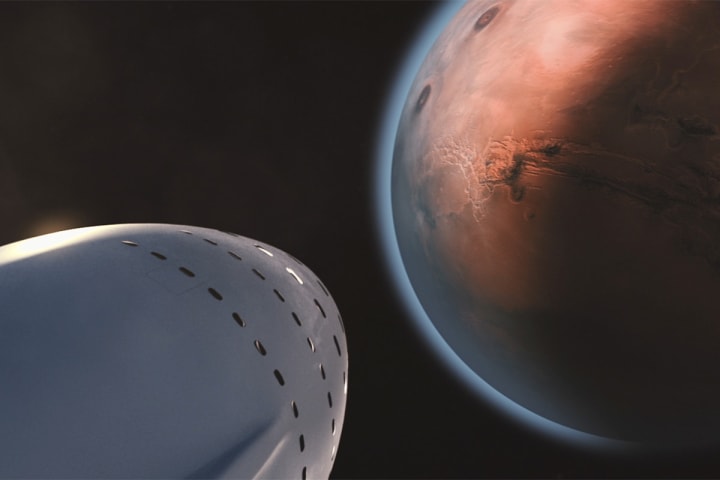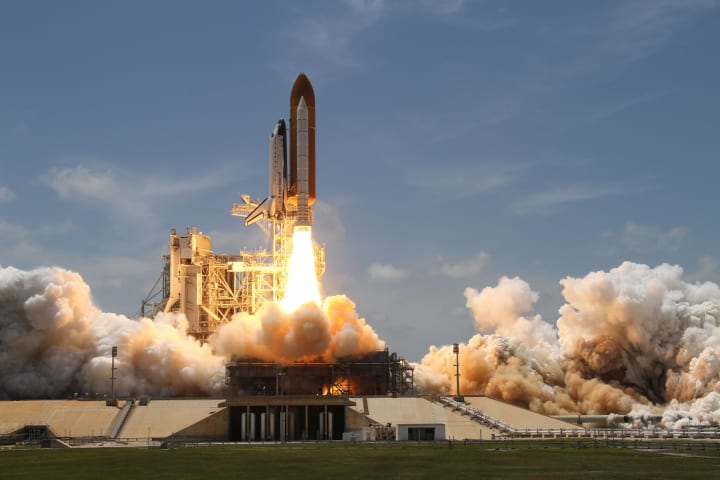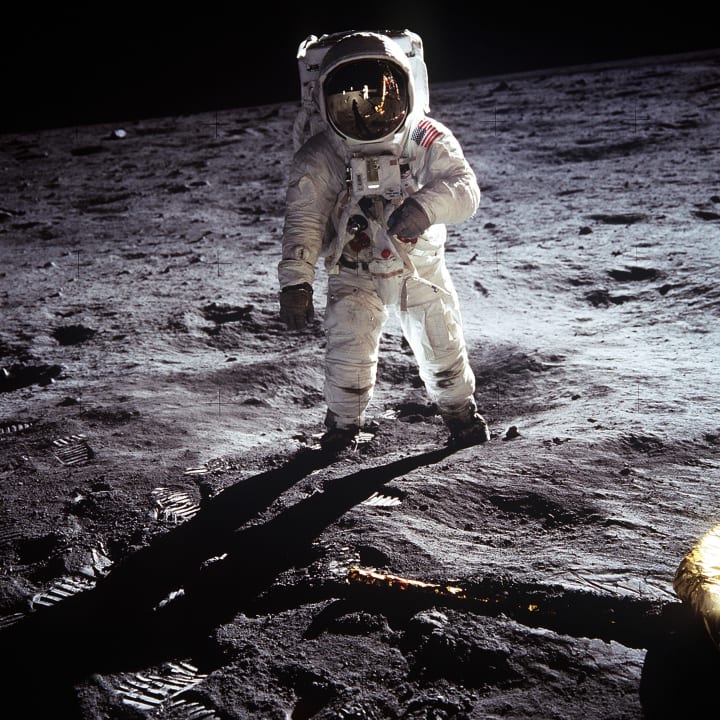The Future of Space Travel: Is a Journey to Mars Possible?
Exploring the Feasibility and Challenges of Interplanetary Travel

The idea of space travel has always captured our imagination, from the first human landing on the moon to the prospect of exploring new worlds. One such world that has garnered a lot of attention in recent years is Mars. With numerous missions already underway and plans for human colonization in the near future, it's clear that the journey to Mars is no longer a distant dream but a real possibility.
But how feasible is a journey to Mars? What are the challenges that need to be overcome? And what does the future of space travel hold for us? In this blog, we will explore these questions and more.

Feasibility of a Journey to Mars
The journey to Mars is no easy feat. With a distance of 140 million miles between Earth and Mars, it takes a minimum of six months to travel there. And that's just one-way. The round trip would take about two and a half years, taking into account the time required to wait for the optimal launch window, which occurs every 26 months when the two planets align.
The journey to Mars also poses several technical challenges. The spacecraft must be designed to withstand the harsh conditions of space, including cosmic radiation, micrometeoroids, and extreme temperatures. The crew must also be able to survive in a closed environment for an extended period, dealing with issues such as isolation, psychological stress, and physical strain.

Despite these challenges, numerous missions have already been sent to Mars, including rovers and orbiters. These missions have helped us gain a better understanding of the planet's geology, climate, and potential for habitability. In recent years, private companies such as SpaceX have also entered the race, with plans to send humans to Mars in the near future.
Challenges of Interplanetary Travel
Interplanetary travel poses several challenges that need to be overcome to make a journey to Mars a reality. One of the biggest challenges is the cost. The development and launch of a spacecraft capable of carrying humans to Mars would require billions of dollars in investment. This cost would be further compounded by the need to develop sustainable technologies that can support long-term missions on the planet's surface.
Another challenge is the risk to human life. Space travel is inherently dangerous, and a journey to Mars would require astronauts to spend an extended period in space, exposed to radiation and other hazards. In addition, landing on the planet's surface poses numerous risks, including the potential for equipment failure, dust storms, and the need to find suitable sources of food and water.

Technological Challenges
The journey to Mars is fraught with several technological challenges that must be overcome before humans can land on the Red Planet. The distance between Earth and Mars varies from around 34 million to 250 million miles, depending on the location of the two planets in their respective orbits. This means that a one-way journey to Mars takes anywhere between six to eight months. During this time, the astronauts will be exposed to cosmic radiation, which poses a significant health risk. Furthermore, the spacecraft must be designed to withstand extreme temperatures, micrometeoroids, and other hazards in space.
Landing on the Martian surface is also a significant challenge. Mars has a very thin atmosphere that makes it difficult to use the same methods of entry, descent, and landing that have been used on the Moon and other planets. The spacecraft must be equipped with a heat shield, parachute, and retro-rockets to slow down and land safely on the Martian surface. This requires precise navigation and control systems that can function autonomously, as communication delays make it impossible to guide the spacecraft in real-time from Earth.
Another major technological challenge is the development of sustainable technologies that can support long-term human habitation on Mars. This includes the development of systems that can generate oxygen, water, and food on the planet, as well as provide power and support life-sustaining activities. The harsh environment of Mars, including its low atmospheric pressure, radiation, and extreme temperatures, makes this a daunting challenge.

Biological Challenges
The journey to Mars poses several biological challenges that need to be addressed to ensure the safety and health of astronauts. One of the main concerns is the effect of long-term exposure to radiation in space. Cosmic radiation can damage DNA and increase the risk of cancer, cataracts, and other health problems. Astronauts will also be exposed to solar flares and coronal mass ejections, which can cause acute radiation sickness and other health problems.
Another significant challenge is the effect of microgravity on the human body. Long-term exposure to microgravity can cause a variety of health problems, including muscle and bone loss, cardiovascular changes, and fluid shifts. This requires the development of countermeasures, such as exercise programs and artificial gravity, to mitigate these effects.
Psychological challenges are also a significant concern for long-term space missions. Astronauts will be confined in a small space for months, possibly years, and will face extreme isolation and monotony. This can lead to psychological stress, depression, and other mental health problems. Furthermore, the lack of social support and interaction can exacerbate these issues.
Future of Space Travel
Despite the challenges, the future of space travel looks promising. Advances in technology, such as reusable rockets and 3D printing, are making space travel more affordable and sustainable. Private companies such as SpaceX and Blue Origin are driving innovation in the industry, while government agencies such as NASA are continuing to push the boundaries of what's possible.
In conclusion, the journey to Mars is no longer a distant dream but a real possibility. While there are numerous challenges that need to be overcome, the future of space travel looks promising. As we continue to explore new worlds, we are expanding our understanding of the universe and our place within it.





Comments
There are no comments for this story
Be the first to respond and start the conversation.